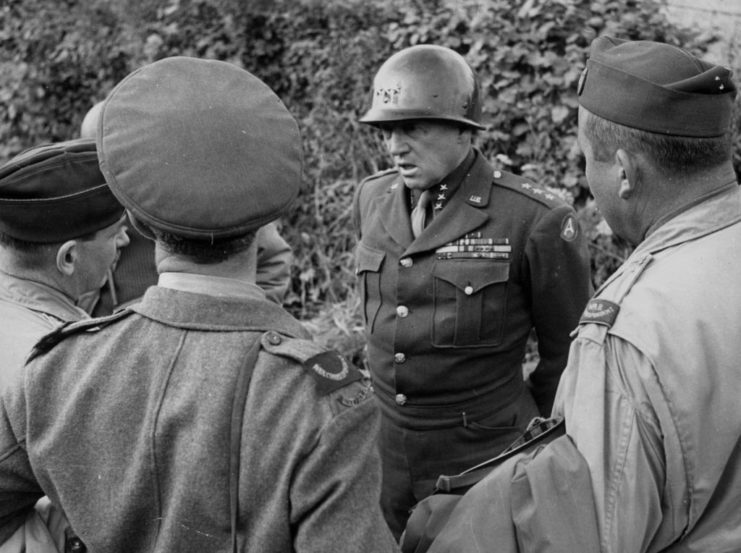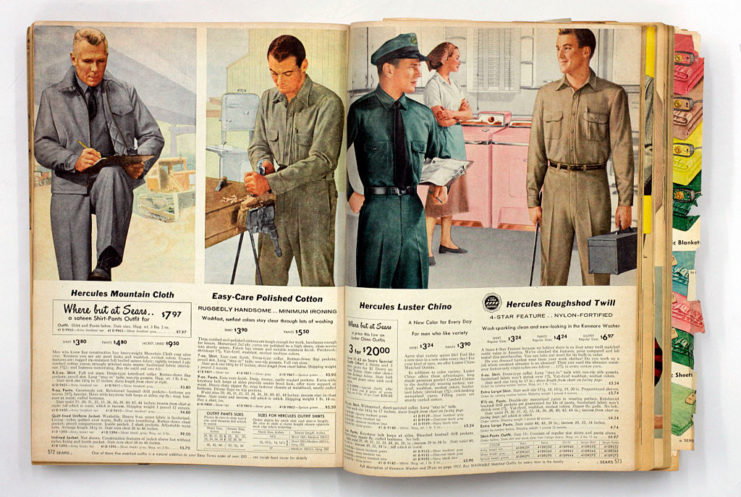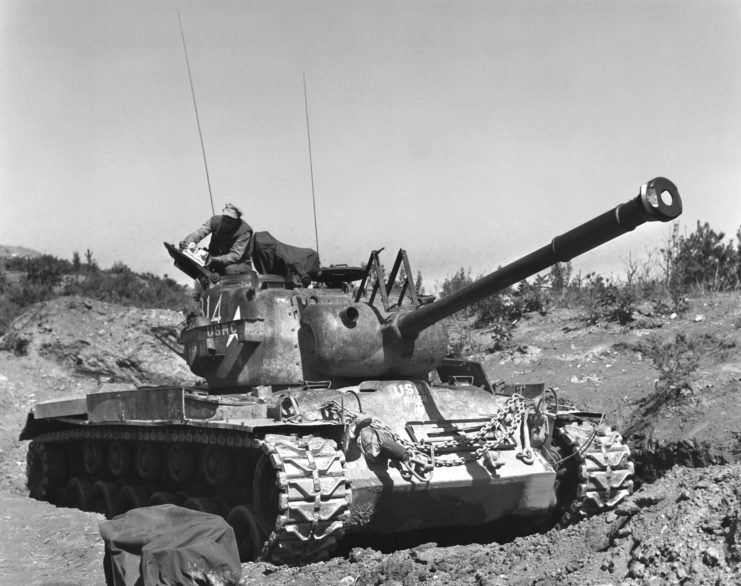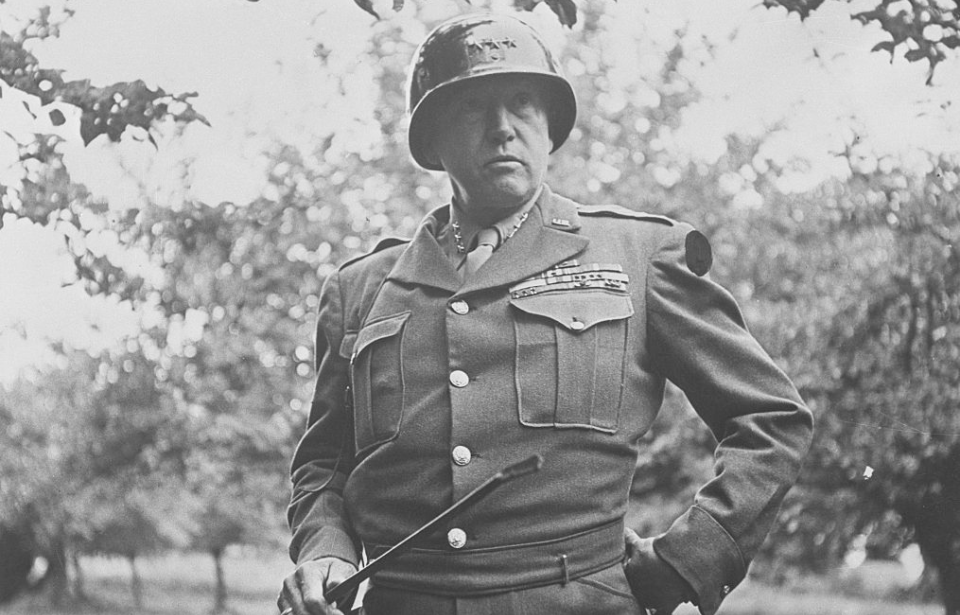George Patton is one of the most esteemed American generals in US military history. “Old Blood and Guts,” as he was known, was most famous for his leadership during the Second World War, meaning the majority of his troops rallied around him without any questions. His lasting legacy continues to captivate military aficionados who are drawn to his unmatched skill and mastery on the battlefield.
George Patton was destined for the military

To comprehend why George Patton has become an integral figure in the legend and folklore of the US military, you must first provide an overview of his service. With an early interest in serving his country, the young Patton attended both the Virginia Military Institute and the US Military Academy West Point, where he graduated 46 out of 103 cadets.
Experiencing his first taste of combat during the Pancho Villa Expedition – later recognized as the Mexican Expedition – in 1916, Patton went on to serve with the American Expeditionary Forces during World War I. Not only did he contribute to the formation of the newly-established US Tank Corps, but he also led troops and was notably distinguished for his roles in the Battle of Saint-Mihiel and the Meuse-Argonne Offensive.
Upon the US entry into World War II following the Japanese attack on Pearl Harbor, Patton assumed command of the 2nd Armored Division. He then took charge of the US Seventh Army in the Mediterranean Theater, playing a crucial role in the invasion of Casablanca during Operation Torch and, later, in the invasion of Sicily.
It was during these missions that he solidified his reputation as one of the finest commanders within the Allied forces.
In the prelude to the D-Day landings, Patton played a pivotal role in Operation Fortitude, the Allied deception plan designed to confound the German High Command. Simultaneously, he assumed command of the US Third Army, leading it through the Allied invasion of France. Notably, during the Battle of the Bulge, his forces relieved American troops at Bastogne and undertook a vigorous advance across the Rhine into Germany, securing an impressive 10,000 square miles.
Tragically, Patton passed away on December 21, 1945, succumbing to injuries sustained in a car accident while stationed in Germany.
He led by example… From the front!

A fundamental principle of George Patton’s philosophy was to lead through personal example, a principle he steadfastly adhered to during his service in Europe in WWII. Consistently taking the lead in combat, he embodied the values and determination he demanded from his men.
Author Alan Axelrod once wrote, “[Patton’s] message was never we must succeed but always we will succeed.” This inspired many military officers who came after him and influenced US strategy following his death.
Martin Blumenson, historian and author of Patton: The Man Behind the Legend, 1885-1945, probably said it best:
“Patton epitomized the fighting soldier in World War II. He exercised unique leadership by his ability to obtain the utmost – some would say more than the maximum – response from American combat troops. Through his charisma, exemplified by a flamboyant and well-publicized image, he stimulated, better than any other high-ranking U.S. army commander, American troops to an aggressive desire to close with and destroy the enemy.
“He personified the offensive spirit, the ruthless drive, and the will for victory in battle.”
George Patton had an incredible ability to inspire his men

George Patton was known for his penchant for controversy. Renowned for his attention-grabbing – and sometimes vulgar – speeches, his approach struck a chord with his troops, but was met with less favor from higher-ups in the Allied command. Unperturbed by this, he acknowledged the significance of inspiring his men, recognizing their unwavering allegiance as important for success on the battlefield. This was a loyalty his soldiers willingly bestowed upon him.
Not only were troops a fan of his loyalty over brilliance motto, but they were also taken by his philosophy of battle: “We shall attack and attack until we are exhausted, and then we shall attack again.”
In the Second World War, Patton delivered several speeches, and none are as renowned as the one he gave to the US Third Army before the Allied invasion of France in 1944. Historians widely hail this as one of the greatest motivational addresses ever given. Leveraging his exceptional oratory prowess, Patton urged his men to embrace their duty in the face of danger and press forward with unwavering assertiveness and aggression.
He personally purchased supplies for his men

George Patton was born into a wealthy family with an impressive lineage. Not only did he have an indirect connection to George Washington, his ancestry included Welsh aristocrats and ties to the British monarchy. That’s all to say he had a lot of extra funds at his disposal, for both pleasure and work.
Following the First World War, Patton pushed for the US military to increase its investment in armored warfare, (correctly) believing it was where combat was heading. However, his efforts were in vain, as a lack of interest from officials and budget constraints meant little could be done to equip the American Armed Forces for this inevitability.
Sure enough, when the US entered the Second World War following the attack on Pearl Harbor, the country was ill-prepared. Upon being assigned to the 2nd Armored Division, Patton took it upon himself to purchase tools, supplies and other necessities for his troops – from the Sears Roebuck catalog, of all places!
George Patton helped develop modern tank warfare

As aforementioned, George Patton played a key role in shaping the trajectory of the US Army’s Tank Corps during the First World War. Engaging in consultations with experts on design, repair and operation, he furthered his understanding of the technology by observing the British Army’s first large-scale use of tanks during the Battle of Cambrai in late 1917.
This culminated in the establishment of the American Expeditionary Forces’ Light Tank School in Langres, France. Subsequently, Patton orchestrated the country’s inaugural deployment of tanks in combat at the Battle of Saint-Miheil, culminating in a decisive victory over German forces.
Post-war, Patton assumed command of a cavalry squadron. During this tenure, he advocated for the transition from traditional cavalry to mechanized warfare, spearheading the adaptation of cavalry shock tactics to suit the era of tanks. He took proactive measures by drafting his own manual on tank operations, facilitating the transition process.
Throughout WWII, Patton led his troops from the vantage point of a tank, solidifying his legacy as a pioneering figure in modern tank warfare. His influence on US military strategy regarding tanks was underscored by the posthumous naming of several in his honor.
The first to bear the Patton name was the M46, an upgraded iteration of the M26 Pershing that featured enhanced transmission, engine and armament. This stalwart machine proved its mettle during the Korean War, effectively countering the North Korean T-34s. It was succeeded by the M47, essentially an augmented M46 boasting a redesigned turret. Classified as a main battle tank (MBT), the M47 served with distinction in the US Army and Marine Corps, as well as within NATO and SEATO.
The inception of the M48 marked the beginning of a new era for the Patton tanks, representing a comprehensive upgrade over its predecessor. Notable enhancements included improved defensive capabilities, heightened fuel efficiency and enhanced mobility. During its tenure, the tank valiantly served alongside US forces during the Vietnam War, primarily fulfilling an infantry support role until its eventual replacement by the M60.
More from us: Paul Tibbets Dropped the Atomic Bomb on Hiroshima and Was Given No Funeral or Gravestone
While not officially bestowed with the Patton appellation, this formidable tank boasted innovative explosive reactive armor, a feature integral to its success in conflicts, such as the 1973 Yom Kippur War, Operation Urgent Fury and the Gulf War.
